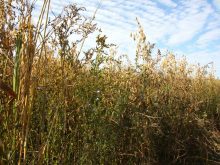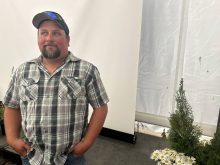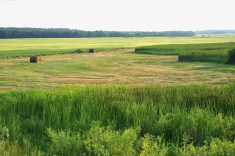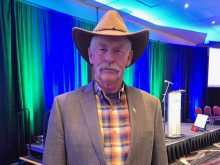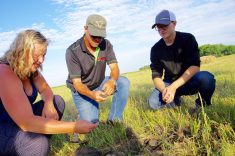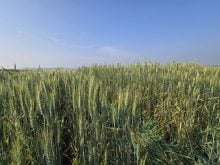A producer-led group in Manitoba has been recognized for their contributions to water management.
Water Canada has selected the Manitoba Forage and Grassland Association as one of three finalists for their Early Adopter/Innovation Partnership Award.
WHY IT MATTERS: The Manitoba Forage and Grassland Association has taken an initial hydrological model project and branched it out into flood forecasting and climate change farm adaptation.
Read Also
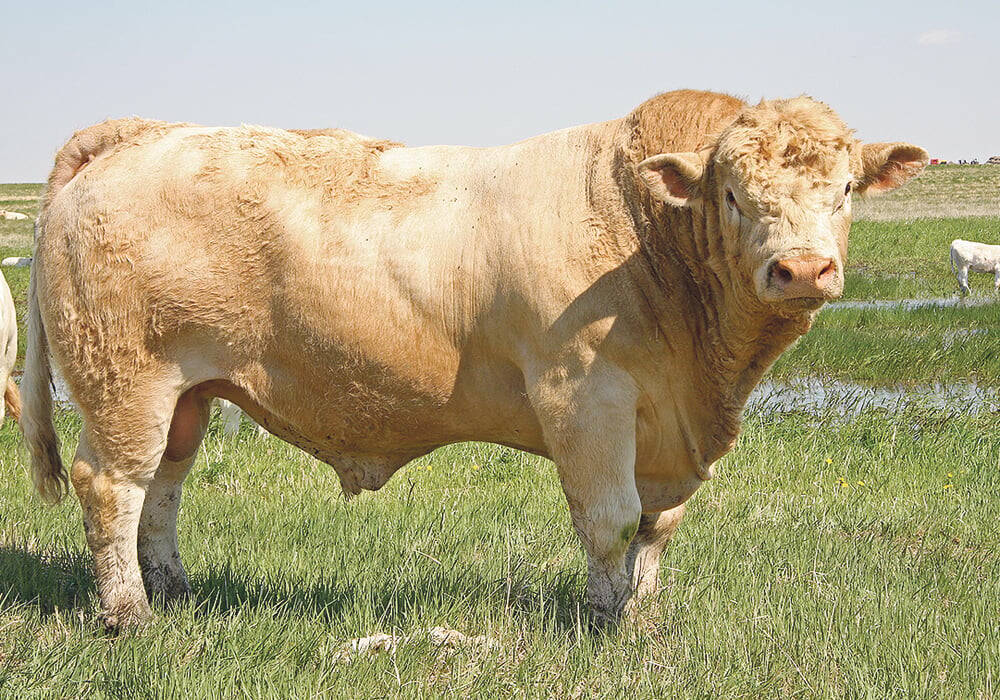
New research sheds light on infertility in bulls
Southern Alberta researchers make ground-breaking discovery in sperm function examining male infertility in bovines
Water Canada chooses is awardees based on their collaborations with municipalities, corporations, or institutions and technology companies that demonstrate shared dedication to progressing Canada’s water sector, the Manitoba Forage and Grassland Association’s June newsletter said.
The names chosen have woven technology and innovation into real-world applications, the newsletter said.
“By successfully integrating new technology into operations, the recipient demonstrates the potential for broader adoption and industry-wide impact,” the MFGA said. “Celebrating the collaborative efforts that drive innovation, this award honours both the early adopter and the technology provider, showcasing their shared vision for a more sustainable, efficient and resilient water sector in Canada.”
“We’re ecstatic to be mentioned at such a high-calibre, nationally prominent award,” said Duncan Morrison, executive director of the association. “The category that we’ve been nominated in really fits well with a lot of what the MFGA has going on through our farmer group. We’re very much early adopters on the farm, and it’s kind of cool to see our farmer-led board being early adopters in the water scope, too.”

Aquanty, the MFGA’s partner in their MFGA Aquanty hydrological modelling project, submitted the nomination.
The winning partnership will be revealed during the Water Canada Awards ceremony on Oct. 16 in Toronto.
First-time national nomination
This nomination represents a significant milestone for the organization, Morrison said.
“This is the first time we’ve been nominated for a national award,” he said, “We’ve been in other situations, but nothing of this prominence, anyway.”
Advanced water forecasting technology
The Aquanty project has gone through several phases, from an initial model tapped for uses like local water management planning, to a more recent flood forecasting tool.
The project is meant to assists farmers and communities throughout the Assiniboine River Basin in preparing for extreme weather patterns. The model uses a technology called HydroGeoSphere to simulate the water cycle and anticipate how water would behave in a virtual replica of the basin, given changing factors such as weather data.
The model is the leading water model on water movement on the Prairies, Morrison said.
Growing water awareness
The timing of the nomination also aligns with growing awareness of water’s importance.
“As people begin to identify and get comfortable with technology, they’re able to better understand the connection between healthy soil, land use, biodiversity, and that all the ecological goods and services need a water component,” Morrison said.




